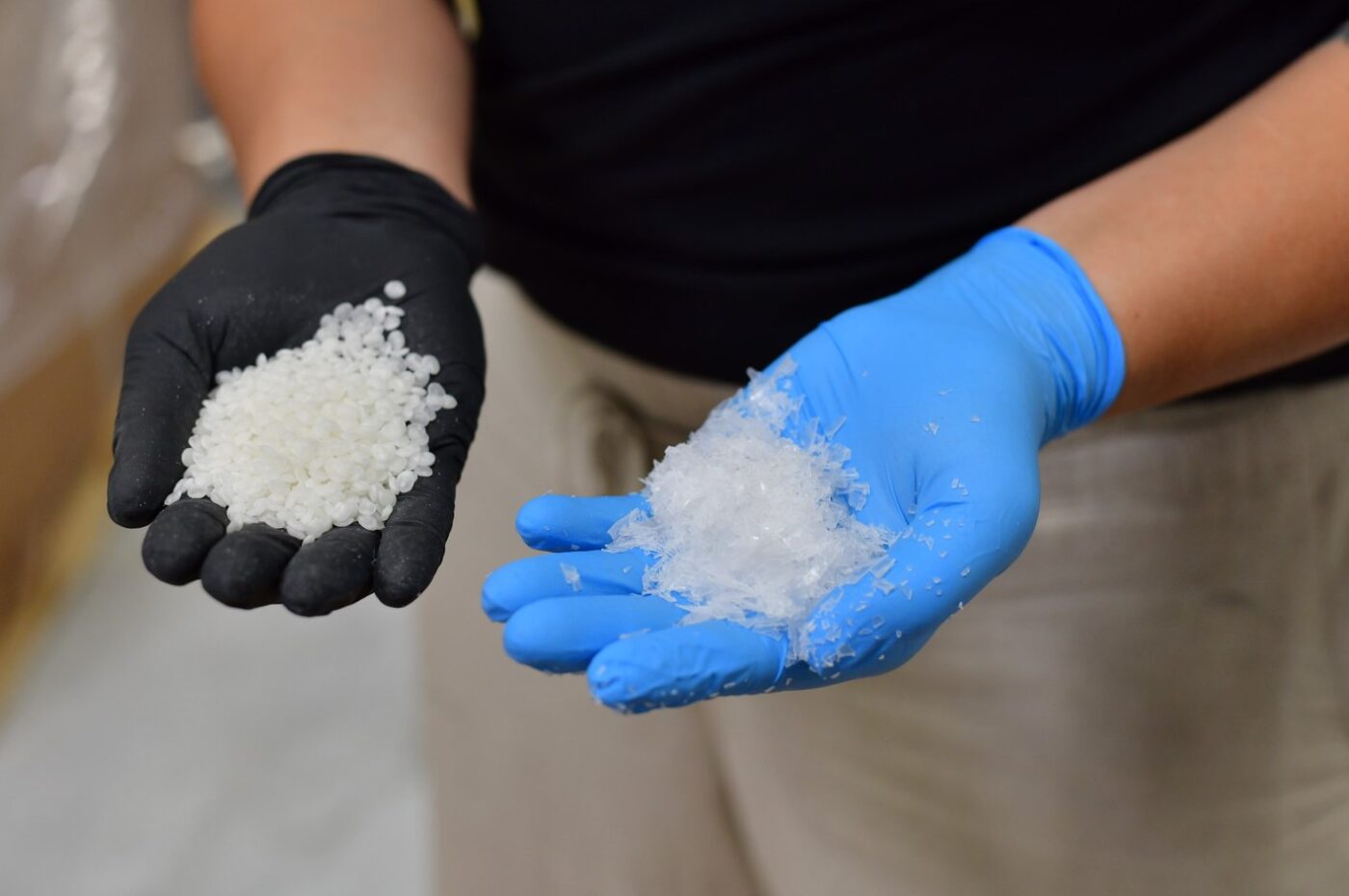Incorporating more post-consumer recycled (PCR) resins in packaging is one of the key tenets of Extended Producer Responsibility (EPR) laws that are being implemented across the country. PCR materials replace virgin plastics and are essential for packaging circularity, which is driving demand. However, a volatile market and systemic barriers are complicating the PCR input stream for packaging. Let’s dig into the obstacles that must be addressed to meet the new mandates.
Complexities in PCR Supply
PET has a robust recycling infrastructure, making it one of the most recycled plastics globally. An impressive 89% of community recycling programs in the U.S. accept PET bottles, jugs and jars.1 A category must have an acceptance rate over 60% to be considered “widely recycled.”2 PET thermoforms currently sit just below this threshold at 56%.1
Although PP is a popular choice for packaging, the PP recycling ecosystem is less established than what exists for PET. PP’s lightweight, durable and versatile characteristics are benefits in manufacturing but also pose barriers to recycling. Acceptance rates in community recycling programs are largely dependent on packaging format. So while PP bottles, jugs and jars are accepted at a rate of 77%, less common formats like clamshells and trays are at about 50%, and bulky rigid containers have a recycling rate of just 10%.1
Several factors contribute to the recycling challenges associated with PET and PP thermoforms, such as contamination from food or adhesive residue, a lack of advanced sorting technologies required to efficiently separate mixed recycling streams, and variability in package size and shape that makes processing with standard technologies more difficult.
Why Demand Isn’t Driving Up Prices
Despite increasing demand for PCR and its growing use in packaging across formats, prices have not risen accordingly. PCR material costs are tied to the cost of virgin plastics, enabling manufacturers to switch back and forth arbitrarily for the best price. Additionally, cheap imports are hurting domestic reclaimers. If PCR prices don’t offer U.S. companies a stable margin, systemic barriers to circularity become even harder to fix.
Critical Certifications and Standards
As imported PCR materials continue to flood the U.S. market, it’s important to verify the resins are what they claim to be. The Association of Plastic Recyclers (APR) has developed a PCR certification program that requires third-party verification to enhance credibility and reduce risk. For food-grade packaging, the FDA performs a thorough evaluation and issues favorable opinions through No Objection Letters (NOLs).3
Furthermore, advanced recycling techniques and ISCC PLUS mass balance allocation provide new opportunities for using PCR in more types of packaging. Third-party certification is necessary to provide transparency, verify supply chain integrity and validate recyclability claims.
Policy Changes for Circularity
As of mid-2025, seven states have passed EPR for packaging legislation, which shifts the financial and operational responsibility for packaging waste management from municipalities to producers. EPR laws aim to incentivize a circular economy by promoting recyclable designs, plastic material reduction, and greater use of PCR content. Evidence for the beneficial impact of EPR is strong. A study by The Recycling Partnership of seven global EPR programs shows recycling rates climbed as high as 90% post-implementation.4
A Future with Less Plastic Waste
According to NAPCOR, the U.S. converted over 286 million pounds of post-consumer recycled PET into new thermoforms in 2023,5 which were then used to protect and transport food and other important products to consumers. PET thermoforms had, on average, 16.9% PCR content in 2023, up significantly from 10.8% in 2022.5
This momentum with recycled PET, as well as PP and other resins, must continue, accelerate and expand. Addressing the barriers that are challenging a consistent supply and demand at acceptable margins will be crucial to unlock the full potential of PCR materials.
1The Recycling Partnership, Community Recycling Program Acceptance Data, June 26, 2025
2Federal Trade Commission, Green Guides
3U.S. Food & Drug Administration, Submissions on Post-Consumer Recycled (PCR) Plastics for Food-Contact Articles
4The Recycling Partnership, Increasing Recycling Rates with EPR Policy
5NAPCOR, PET Recycling Report, 2023




